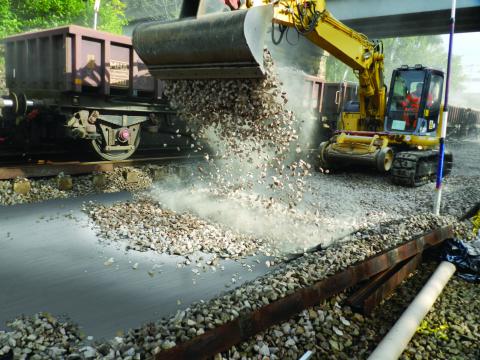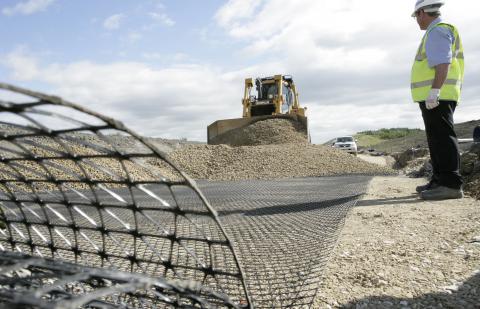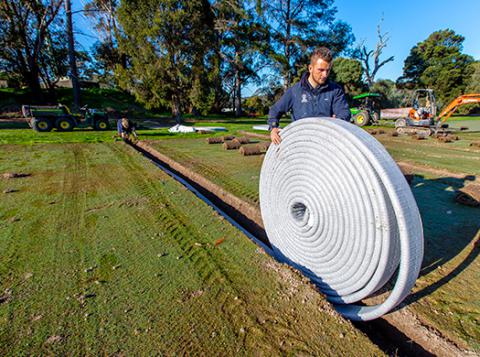

- Home
- News & Insights
- Steamranger Level Crossing

Geofabrics was approached by Coleman Rail to assist on Steamranger, a historic train society in South Australia running trains on the Victor Harbor railway line.
The Level Crossing in Mount Barker had developed various mud spots over its years of trafficking and required an upgrade, however due to the financial position of Steamranger, the project appeared unachievable. Furthermore there were schedule constraints which meant the works had to be carried out overnight within a 14 hour period. Conventional rail design methods meant the project would struggle to achieve the desired result within the given time frames.
Geofabrics were called on to provide advice on an innovative solution that would ensure the performance of the track while minimising the construction time on site. On top of this, due to Steamranger’s financial position, Geofabrics offered their products free of charge as a gesture of goodwill to a historic SA society.
Considering the expected site conditions which included soft and highly reactive clay below the track, Geofabrics’ suggested that Tracktex and TriAx TX190L be used along with Megaflo panel drain to optimise the rail formation. All products of Geofabrics. To assist with the solution, Geofabrics referred to Tensar’s Rail Trackbed design software, SpectraRail.
Utilising these products the proposed construction sequence included:
- Remove rail and existing formation to expose subgrade
- Excavate to 300 mm below base of existing sleepers
- Roll out Tracktex onto clay subgrade
- Roll out TX190L over Tracktex
- Place 300 mm of ballast rock above TX190L and reinstate sleepers and rail at desired level
- Install 300 mm Megaflo vertically alongside the
- track within trenches backfilled with washed sand or aggregate.
By implementing Geofabrics’ products and methodology, the client was extremely pleased stating they had “saved on excavation depth and capping preparation, facilitating the quick completion of the Level Crossing rebuild.”
Without the use of geosynthetics the likely design would have called for construction of a capping layer below the ballast which would have meant excavation of 600 mm of material rather than 300 mm. The capping layer would have required moisture conditioning, compaction and testing which would have inevitably failed the project constraints with regard to the overnight schedule.
download the case study
Related Products
Related Sectors
KEEP UP TO DATE WITH THE LATEST FROM
GEOFABRICS BY SUBSCRIBING TO OUR NEWSLETTER
GEOFABRICS
AUSTRALASIA
PTY LTD




